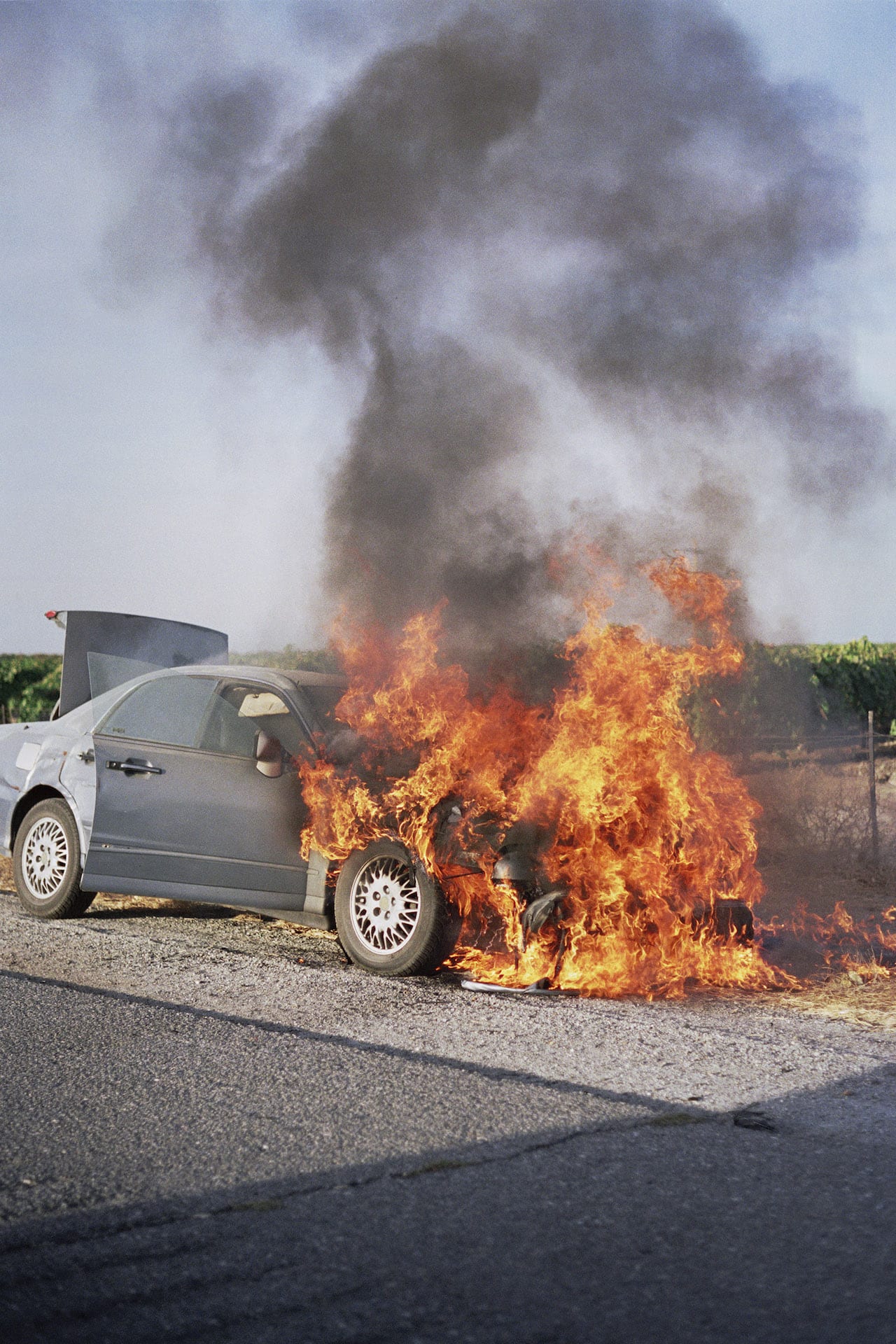The Swedish photographer’s first monograph charts an intimate and empowering journey, searching for stability in the everyday as she comes to terms with a troubled past


The Swedish photographer’s first monograph charts an intimate and empowering journey, searching for stability in the everyday as she comes to terms with a troubled past

Over two decades since Raised by Wolves was published, Jim Goldberg presents a collection of unseen Polaroids from his decade-long documentation of Californian teenagers

Robert Frank’s The Americans greatly influenced the course of 20th and 21st-century photography. His contemporaries, and those who followed, reflect on the enduring significance of his work

“They’re all driven by motivations that are both personal and political to a degree, and they are all self-initiated projects,” says curator Alona Pardo of the photographers in the show Another Kind of Life: Photography on the Margins. “Some may have started as commissions, but very early on took on a life of their own. It was interesting to think about the role of the photographer, because often the photographer hides behind the camera as a facade. There is also an interesting subtext of the photographer occupying the position of an outsider within mainstream society. They are there, assertively documenting the world.”

Photography is often considered a solitary pursuit, but the Ryerson Image Centre (RIC) in Toronto, Canada hopes to overturn this conception with a research project led by artists, scholars, and curators such as Ariella Azoulay, Wendy Ewald, Susan Meiselas, Leigh Raiford, and Laura Wexler. Now an exhibition at RIC called Collaboration: A Potential History of Photography is putting their work on view. Featuring approximately 90 photographic projects the work on show demonstrates some of the many ways photographers have collaborated with their subjects and other participants. It includes Wendy Ewald’s Reciprocating in Arabic installation, which combines image and text in an attempt to show the experience of walking through the Arabic language, and WEB Du Bois’ The Potential of the Archive I, a look into the history and present challenges of black America, among many other projects.

“The end of war does not mean peace,” says Sara Terry, founder of The Aftermath Project. “Every story of war includes a chapter that almost always goes untold – the story of the aftermath, which day by day becomes the prologue of the future.” It was in September 2000 that Terry decided to go to Bosnia. Six weeks earlier she had come across a story reporting on so-called ‘Bosnia fatigue’, the factor that meant that, five years after the end of the Bosnian War, the reporters were long gone and the international aid agencies were shipping out. Frustrated by the idea that people could forget what had happened, Terry felt compelled “to capture the images that are the all-too-often forgotten companions of the vivid pictures of war itself.” Terry had started out as a print reporter but went on to produce formative photographic work in Bosnia, which she published as Aftermath: Bosnia’s Long Road to Peace. The experience also led her to set up The Aftermath Project in 2003, with the aim of telling post-conflict stories from around the world and throughout time.

Last month BJP focused in on group work; this month we’re looking at a different kind of collaboration – projects in which photographers engage in a two-way dialogue with their subjects. One of the best – and the best-known – examples is Jim Goldberg, who works with subjects such as teenage runaways and migrants to tell wide-sweeping stories of marginalisation and economic disparity. Using an eclectic mix of photographs, archive materials and video, and both marking up himself and invites his subjects to write on, he creates complex montages guided by his sense of “intimacy, trust and intuition”. Incorporating the perspectives of the communities and subcultures he represents, his work is informed by his own background in a blue-collar family in New Haven.

The curator, writer, and creative consultant picks out her top five of 2017 – including Jason Fulford’s Fake Newsroom, a contemporary spin on Larry Sultan and Mike Mandel’s 1983 performance

“Asselin’s Monsanto® is a courageous, investigative project that connects evidence-driven photography and visual research to the democratisation of knowledge; it’s important that this book exists in physical form, as a document, and not just in the virtual world,” says Cristiano Raimondi of Mathieu Asselin’s photobook Monsanto®. A Photographic Investigation. Raimondi is head of development and international projects at the New National Museum of Monaco and an invited curator for Platform 2017 at this year’s Paris Photo, but he’s speaking as a jury member for the 2017 Paris Photo-Aperture Foundation PhotoBook Awards because Asselin’s book has just won the prestigious First PhotoBook prize.

Established in 2012, the Paris Photo-Aperture Foundation PhotoBook Awards are divided into three categories – PhotoBook of the Year, First PhotoBook, and Photography Catalogue of the Year. The winners will be announced on 10 November at Paris Photo, and all the shortlisted and winning titles will be profiled in The PhotoBook review and exhibited at Paris Photo, the Aperture Gallery in New York, and at other international venues. The year Albert Elm’s What Sort of Life is This, Mathieu Asselin’s Monsanto: A Photographic Investigation and the group book project Amplitude No.1, which is edited by Nadya Sheremetova and includes photographers such as Irina Yulieva, Igor Samolet and Irina Ivannikova, were among those to make the First PhotoBook shortlist this year